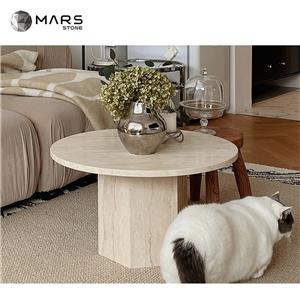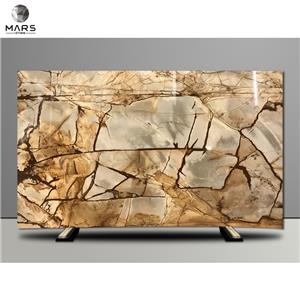Stone countertop edge type
Stone countertop edging modeling Daquan
According to the best quality and aesthetics, the thickness of the countertop is 3 cm, but the price is not much more expensive than the 2 cm, but it is also much more beautiful than the 2 cm. You can also use a 2cm countertop and add 2cm sides, which will give you a 4cm edge. But there will be slight seam marks.
Today I will introduce to you the types of countertop edging!
(1)

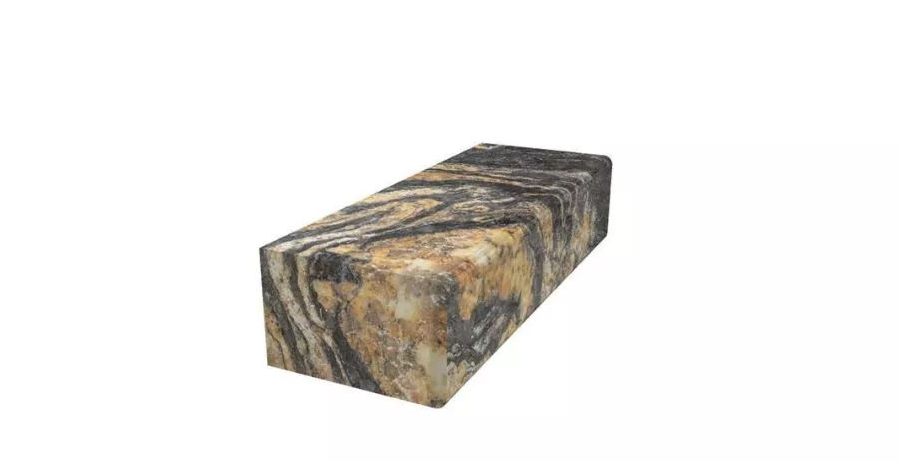
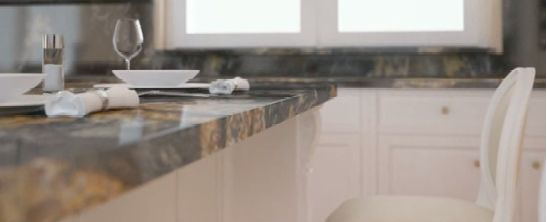
Straight edges are a great style for any kitchen or bathroom. Especially suitable for modern looks.
(2)

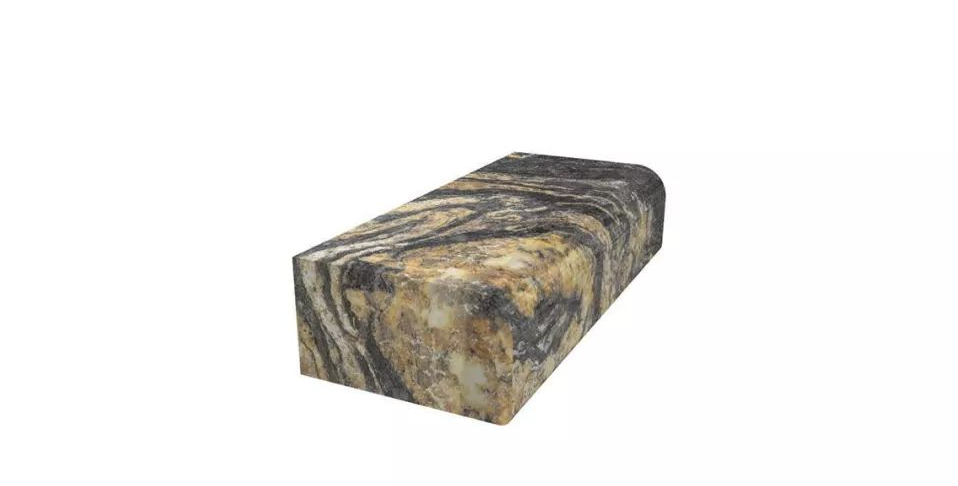
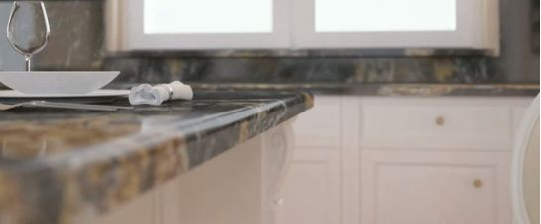
¼ rounded edge is a simple profile that is perfect for kitchens and bathrooms. Its slight curve maximizes the visual thickness of the countertop. This edge is suitable for both traditional and modern designs.
(3)


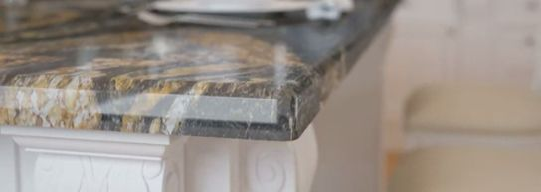
A ¼ beveled edge accentuates the thickness of a kitchen or bathroom countertop. This edge is a great option for those looking to add shape to their countertops but don't want a rounded edge.
(4)


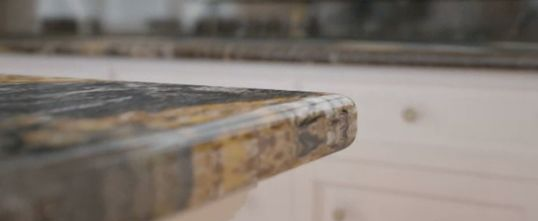
The ¼ rounded edges are slightly curved on both the upper and lower parts of the countertop.
(5)

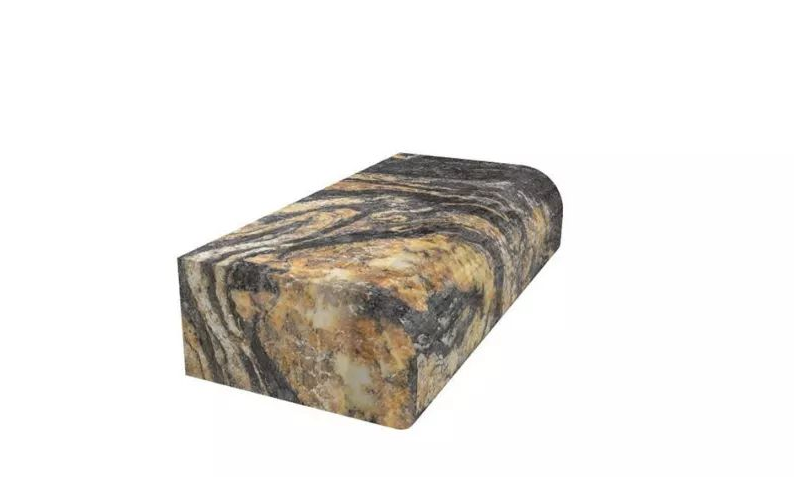
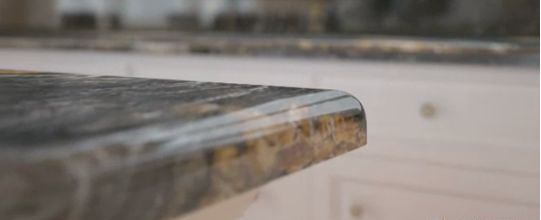
The half-rounded edge has a slight curvature on the top surface of the countertop, with a straight bottom.
(6)

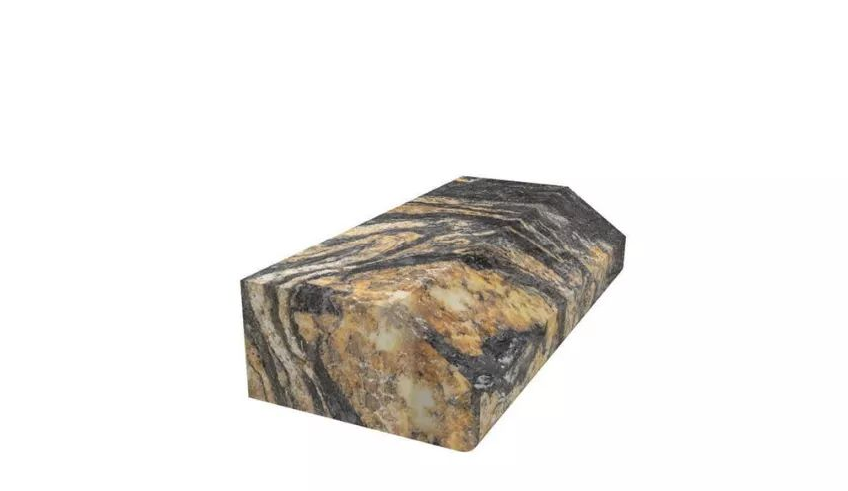
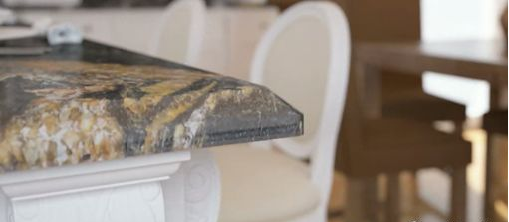
Half-beveled edges are a great way to add a bit of design to your countertop while maintaining a straight line and overall look. Half-slopes are ideal for letting water flow off the countertop without damaging the cabinets below.
(7)

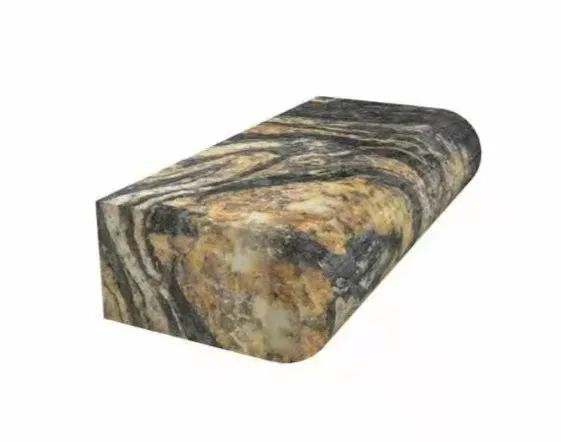
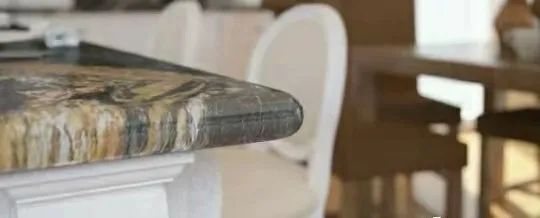
Bullnose sides are perfect for traditional kitchens or bathrooms. This edge is a timeless classic that gives your countertop a very smooth look by making it appear thinner.
(8)
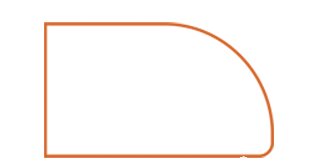
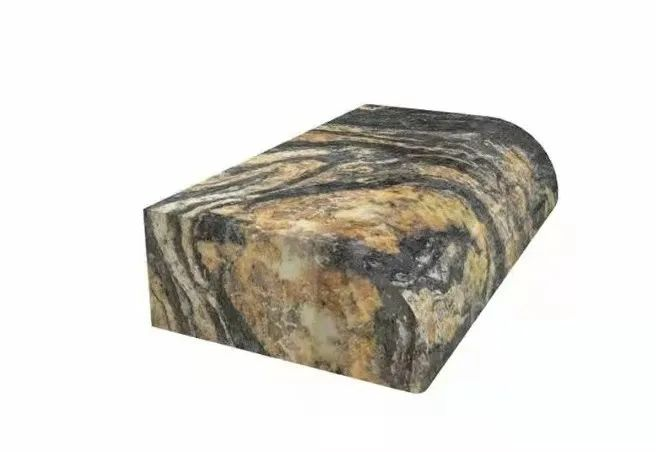

The curve of the semicircular edge extends further back than the other rounded edges, and the bottom is flat. The sleek shape clears any spills directly from the cabinets.
(9)
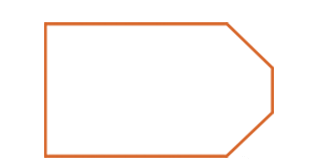
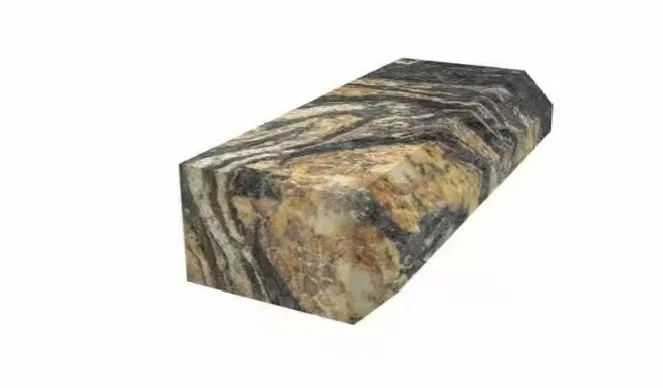
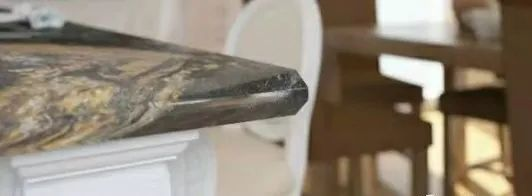
The beveled edges are nice, crisp, and the angles are strong. It provides a solid look to any countertop and is especially suitable for kitchen use. The bottom of the countertop has the same 45 degree angle as the top.
(10)
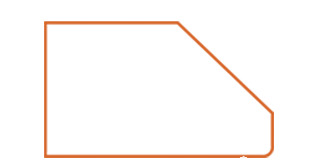
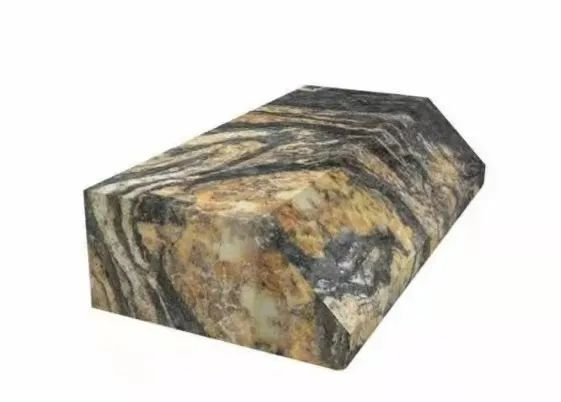
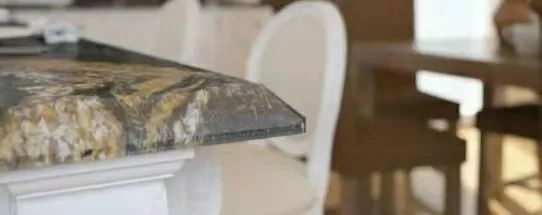
hypotenuse. The elongated slope will protect water and other liquids from damaging the cabinets below. Beveled edges are a stylish option for kitchen countertops.
(11)

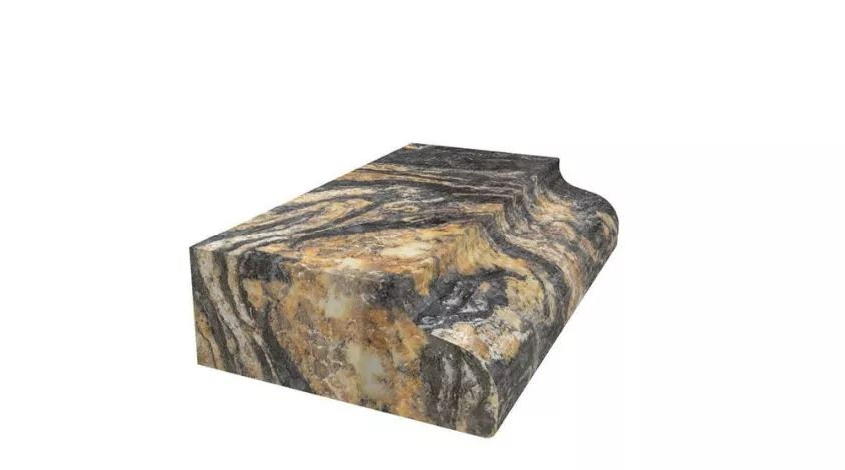
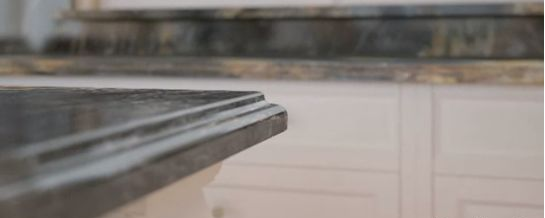
This is the most popular edge profile for natural stone countertops. The edges feature an intricate S-curve that provides the perfect look for a traditional kitchen.
(12)

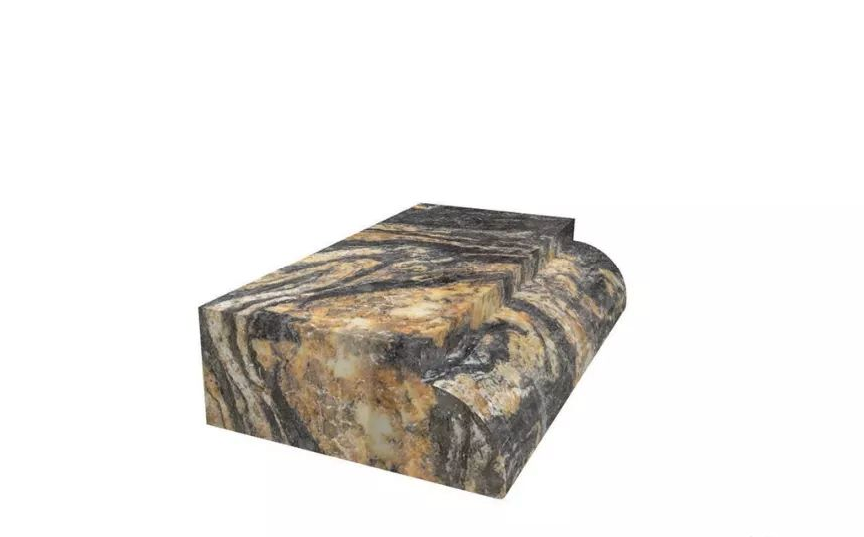
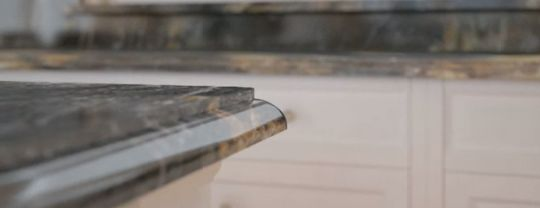
French sides are great for kitchen granite and marble countertops.
(13)

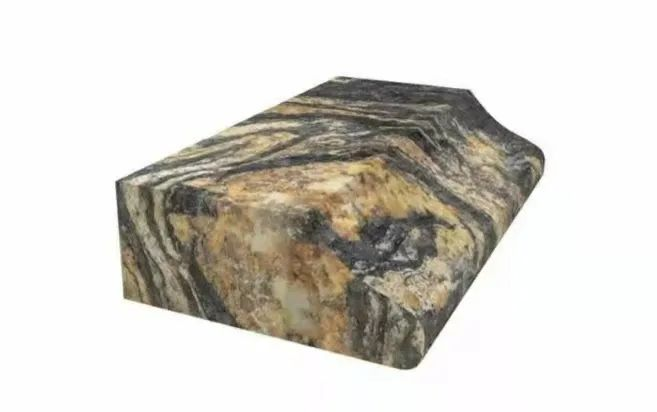

The edge has a small bevel, rounded bottom. Provides the appearance of extended edges without taking up more space.
(14)

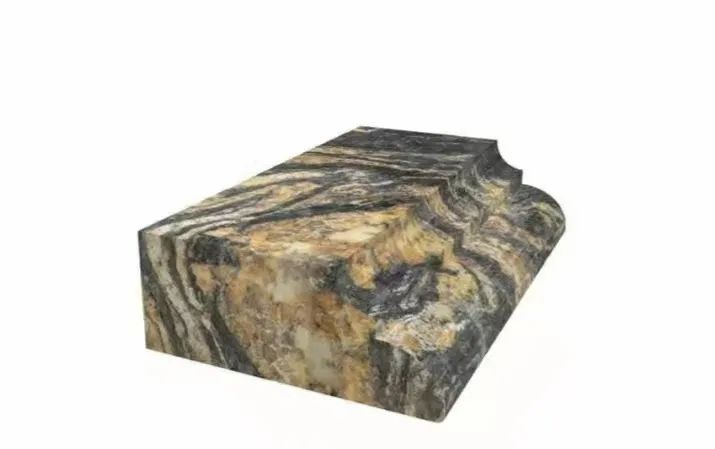
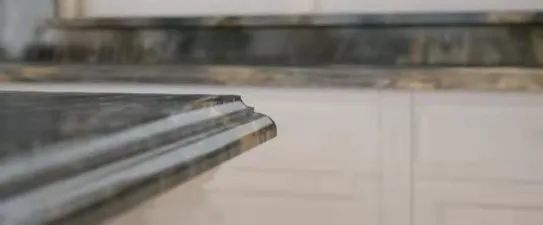
The edges have a crescent curve, and the 90-degree angle joins the rounded base. The result is a classic, refined edge shape that is extremely modern.
(15)

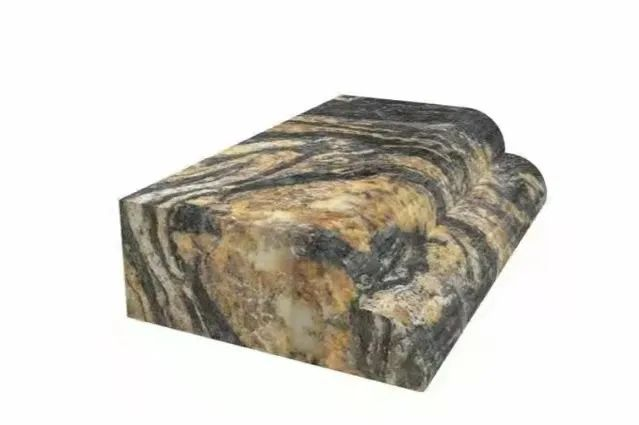
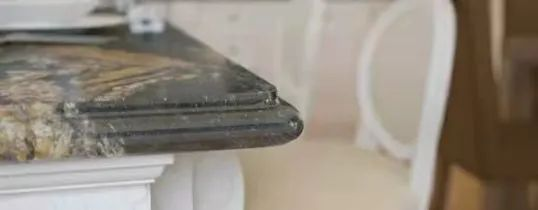
The whole bottom edge is rounded, and it's great whether it's a kitchen countertop or a bathroom vanity. This edge can give the countertop a complete look while still looking good.
(16)

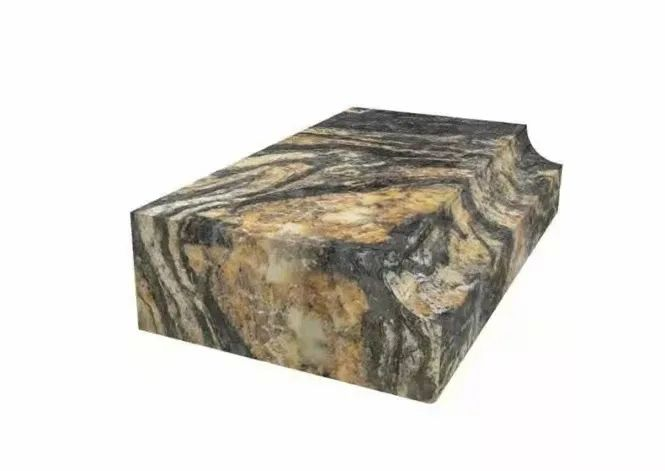
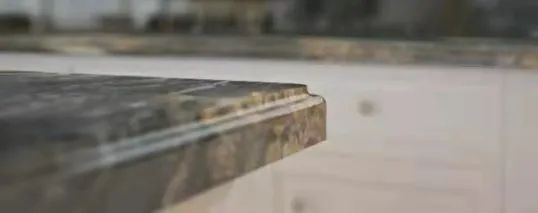
The half-curved edge shape is a simple but stylish look that will fit any countertop. The small crescent curve provides a unique visual experience.
(17)

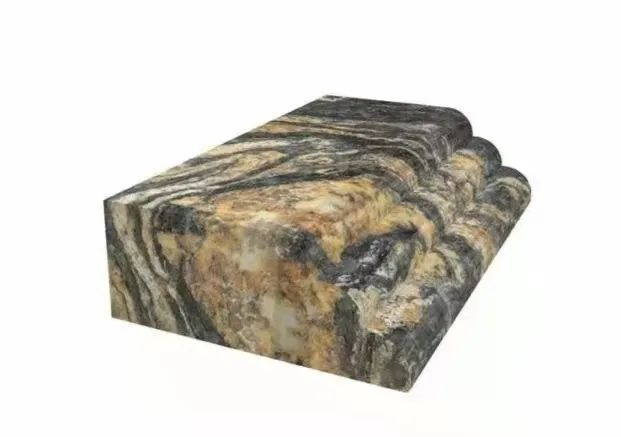

The edging, waterfall-like shape features multiple rounded edges. A waterfall edge will give the countertop a thick and elegant look, perfect for a luxury kitchen. But clean your countertops daily to avoid dust buildup in the crease.
(18)

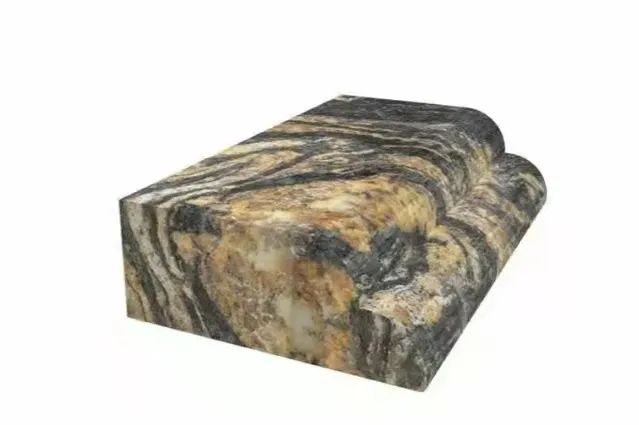

The double bullnose edge combines two rounded, rounded edges for a look reminiscent of running water. Make sure your cabinets stay dry with this design and the countertops will look great.
(19)

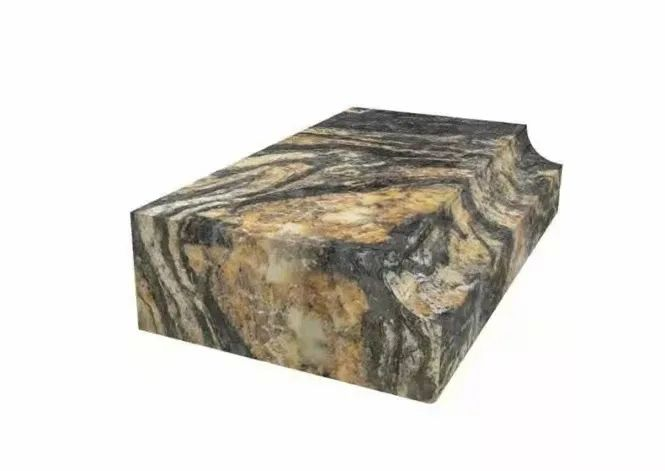
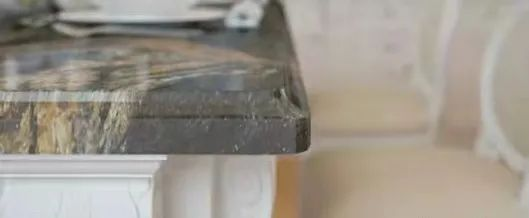
It has a unique crescent-shaped edge shape, with a modern look and elegant silhouette, ideal for classic kitchens. This edge works well and accentuates the beauty of the countertop.
(20)

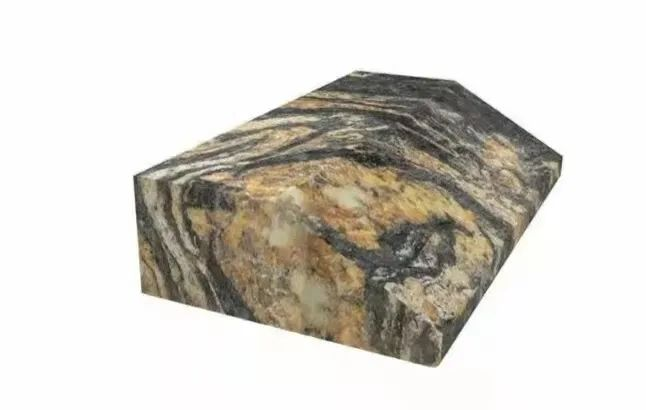
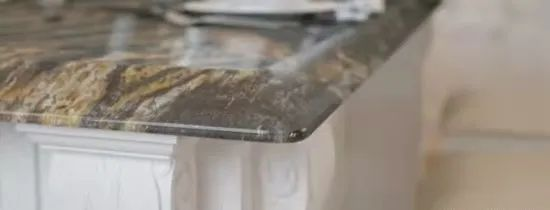
A beveled edge is a gentle slope with a rounded bottom. This edge is a fantastic option for a kitchen island, and its elongated taper provides a stylish edge profile.
(21)

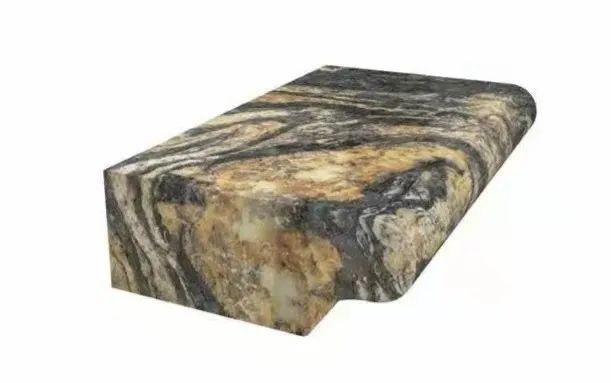
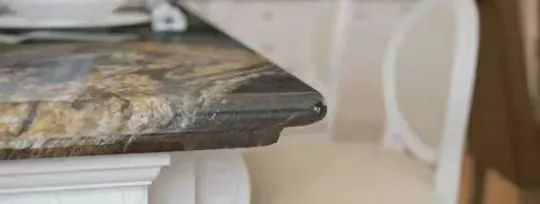
The edge shape resembling a stair tread is a modern and elegant profile with a curved undercut lip that will enhance the visual appeal of counters and cabinets. This edge suits both traditional and modern design schemes.
(22)

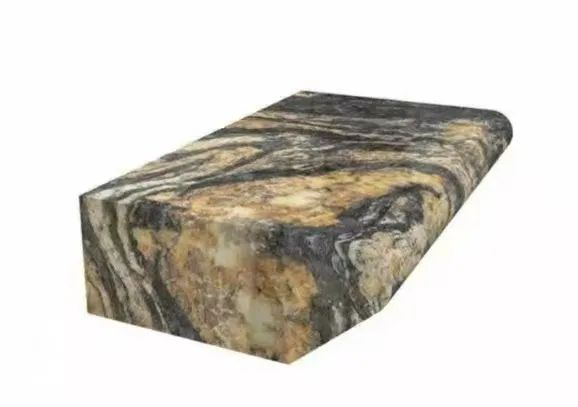
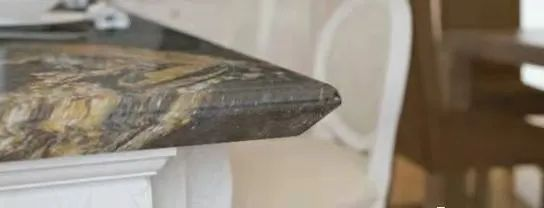
It's a bold and chic edge shape that works well with contemporary design schemes.
(23)

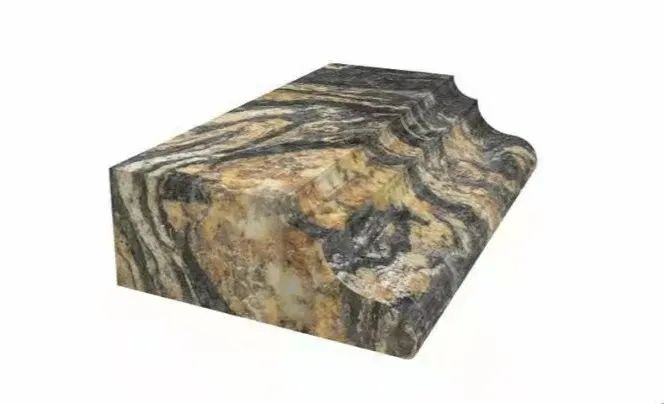

Combined with the S-shaped design of the duckbill, this gorgeous edge profile will accentuate the beauty of your countertop. And complements traditional kitchen design schemes.
(24)

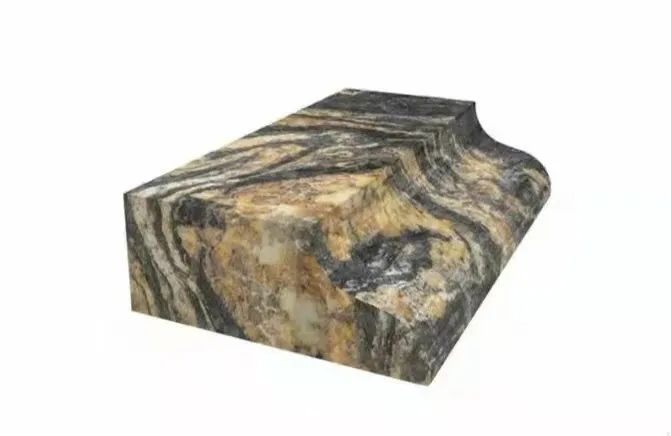

The thinnest shape in the visual sense magnifies the beauty of the traditional duckbill. This edge has a sleek and graceful curve that works with both modern and traditional design schemes.
(25)

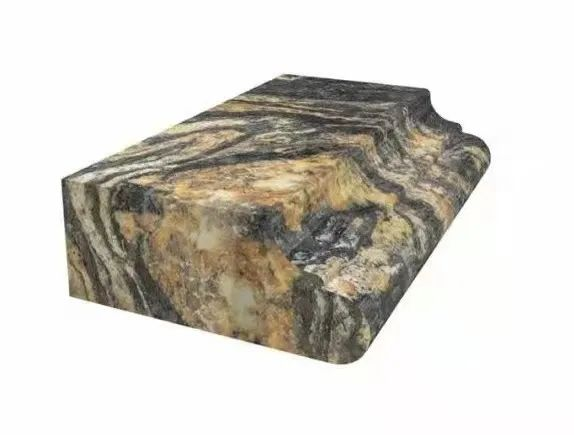
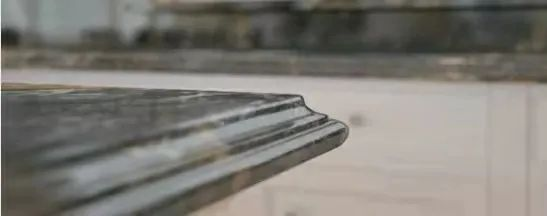
The bay shape, combined with the shape of the bullnose, provides a decorative and luxurious aesthetic to traditional kitchens, especially on center islands. This complex edge may be cumbersome to machine.
(26)

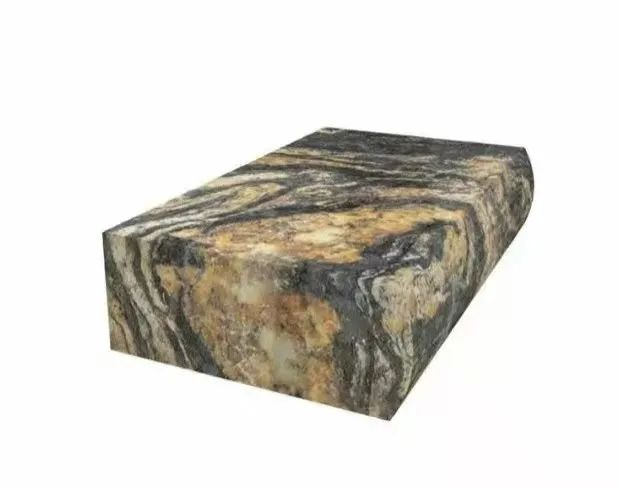
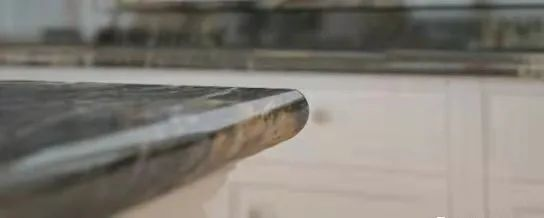
The crescent edge is a softly curved profile that mimics a traditional bullnose edge, but with a lesser curvature, adding a slightly sharper aesthetic. This look is simple and alluring and fits into a contemporary design scheme.
(27)

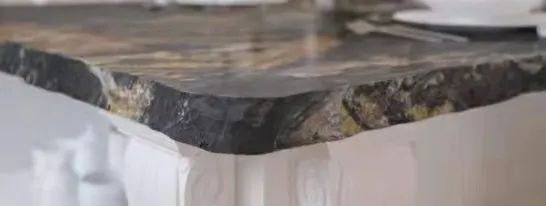
The natural face edge is one of the hand-finished shapes that are more natural and rustic. The unique creation of this edge makes the countertop look very special.
(28)

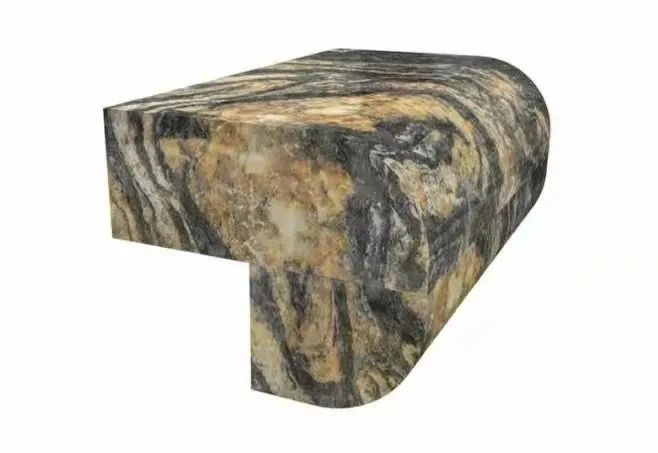
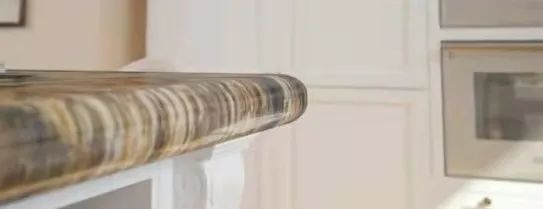
The thickened bullnose edge gives the feel of a thicker countertop and adds a rounded edge to the bottom of the original rounded edge. This adds thickness and smoothness, showing the full curve of the countertop.
(29)
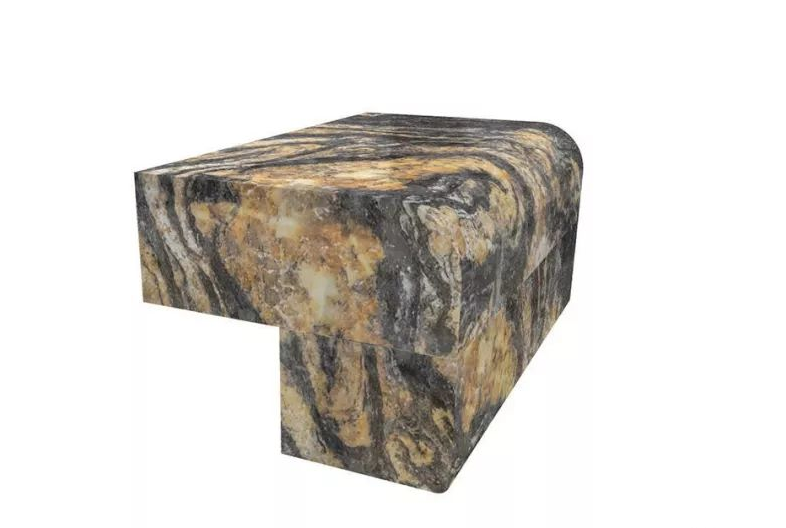
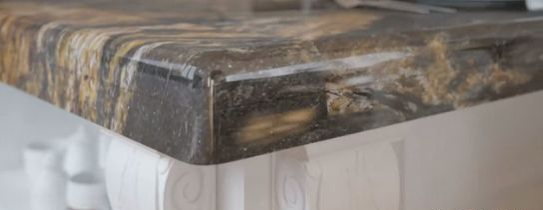
Thickened quarter-round edges give the impression of a rounded profile at the top and straight edges at the bottom of the countertop. It's a simple and smooth edge design for kitchen or bathroom countertops.
(30)

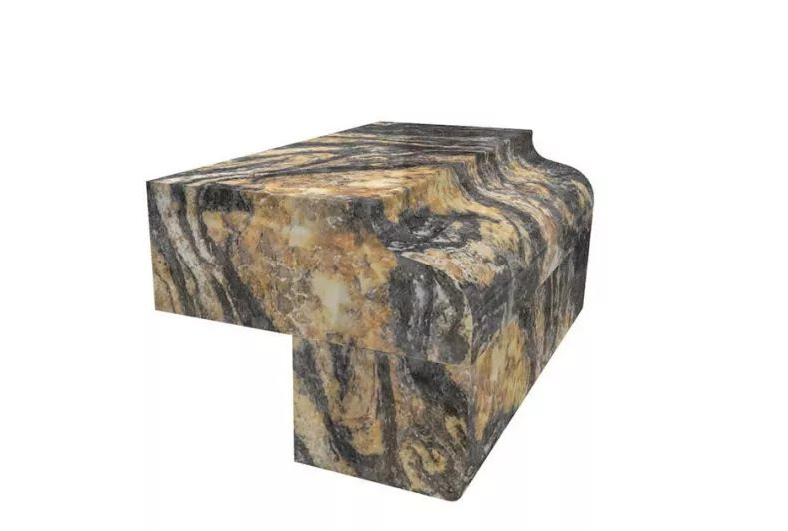
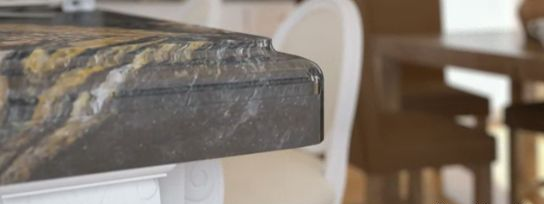
The S-shape combines the most popular edges of straight lines to add a thicker dimension to your countertop. This edge is ideal for traditional kitchen settings.
(31)

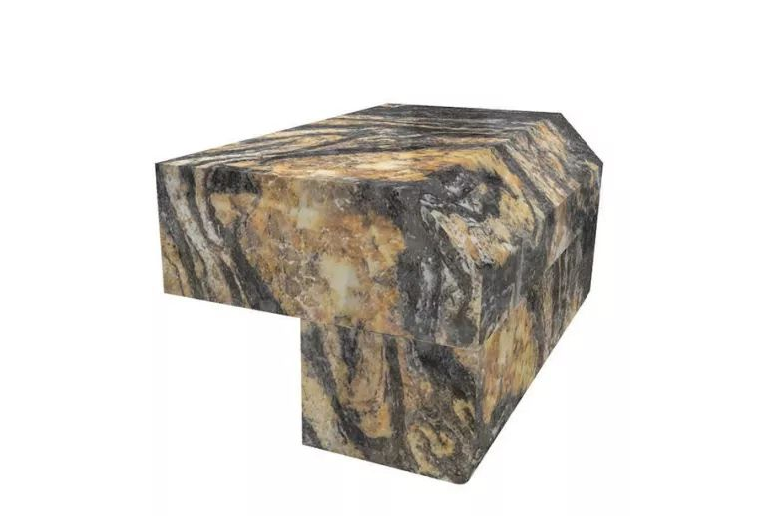
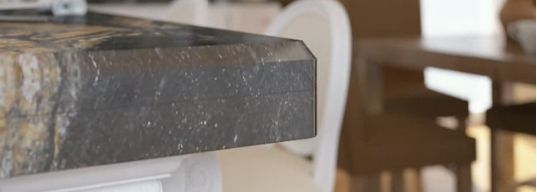
A modern design with a half-bevel combined with straight edges, giving the illusion of a thicker countertop. This is a great option for kitchen countertops that need a simple design with a full look.
(32)

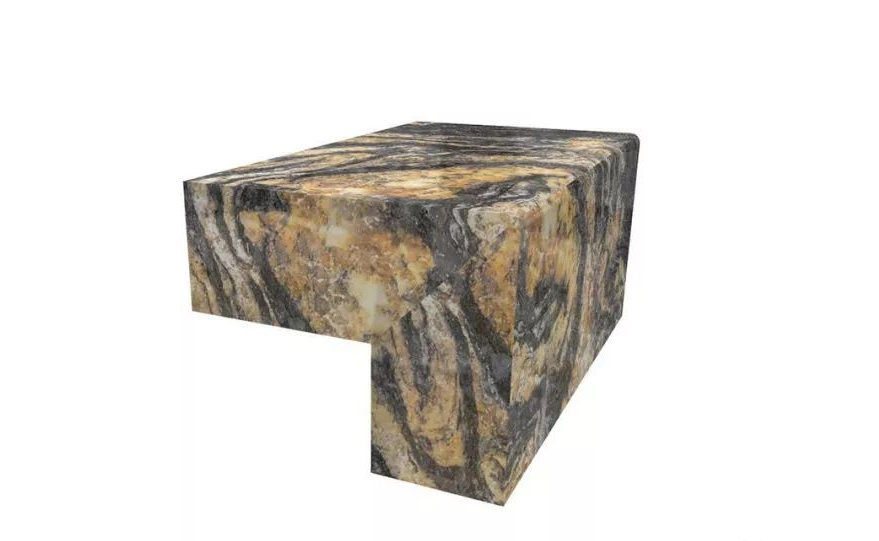

Mitered edges are a common countertop edge shape, often used on rectangular countertops joined at a 45-degree angle to create a distinct edge. Mitered edges create a streamlined effect, which is ideal for modern kitchen designs.
(33)

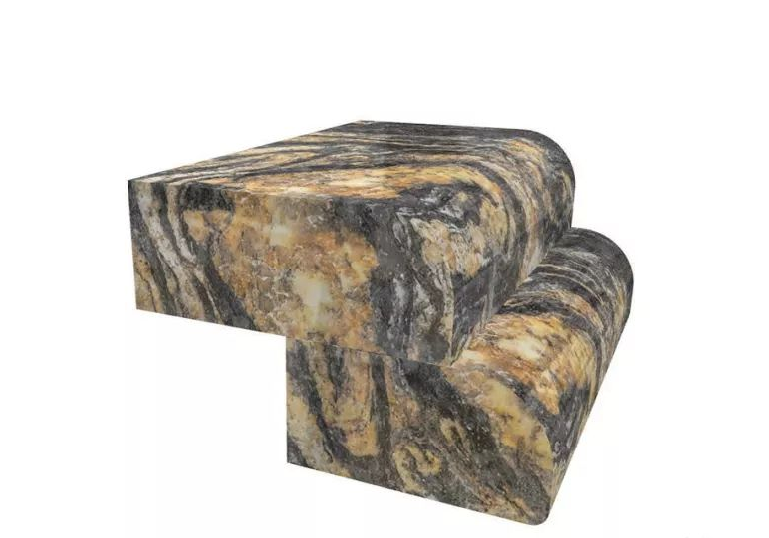
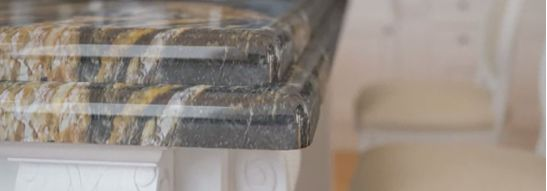
The double-layered half-rounded edge overlay showcases a thick edge profile, ideal for a unique kitchen countertop shape.
(34)


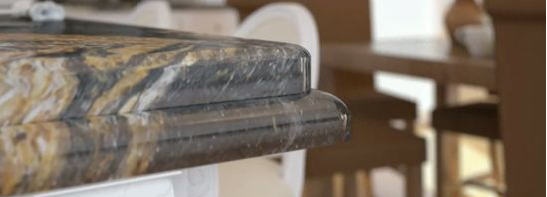
The 1/4 semi-rounded edge is stacked on top of the semi-rounded edge, and an extra half-inch bullnose edge is added to the bottom to create a thick look that's an ideal countertop effect for traditional kitchens.
(35)


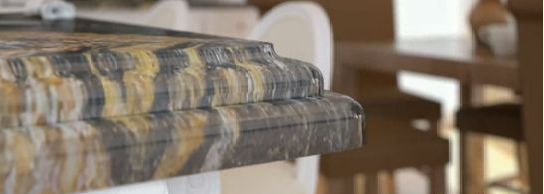
Curved and semicircular edge knots are a combination of two popular edge shapes. The elegantly curved edge sits on the half-inch rounded profile, giving the kitchen countertop a thick and stylish look.
(36)

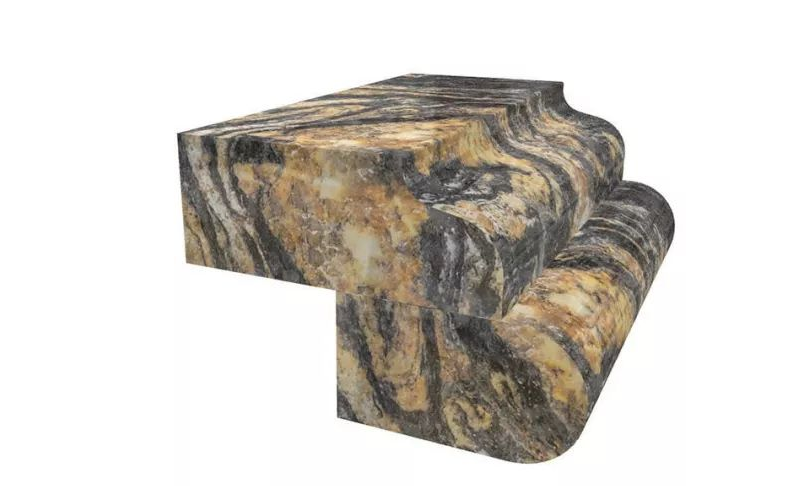

This one combines the rounded style of the classic S-curve on a full bullnose edge with a thick and attractive edge shape, and is a great choice for kitchen countertops, especially center islands.
(37)

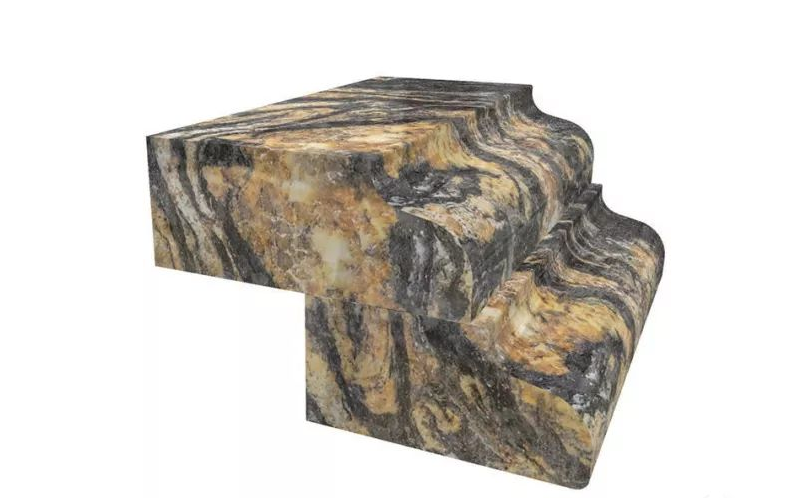
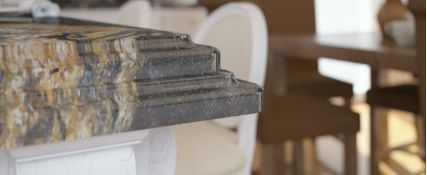
This edge combines two classic duckbill-like shapes, making it ideal for unique traditional kitchen countertops.
(38)

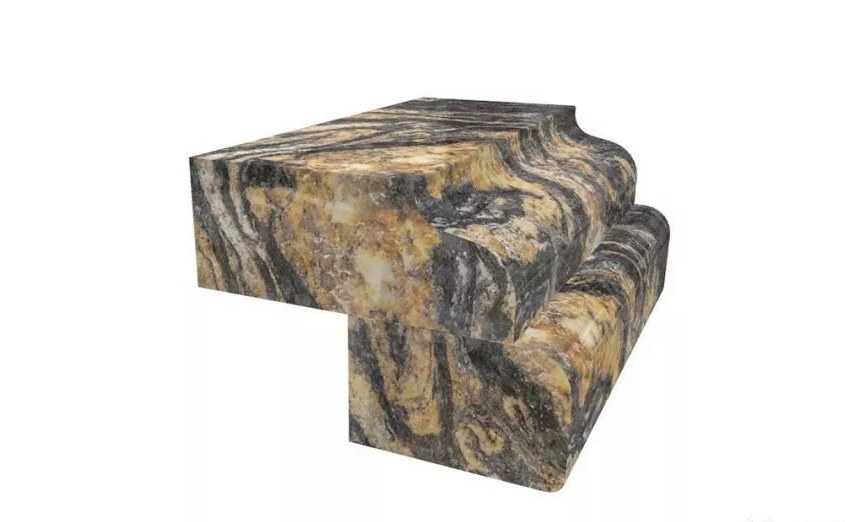
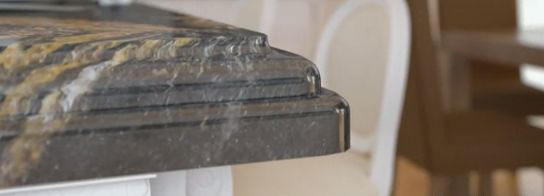
Laminated edges, 1/4 rounded edges combined with a very classic curved shape create a thickened look that is sure to be the center of attention. Show off the unique style by adding an extra 1/4 rounded edge to extend the curved edge.
(39)

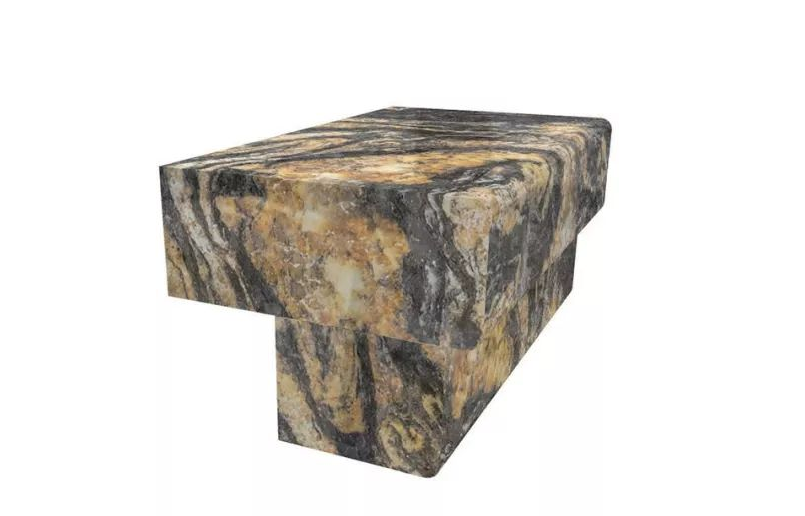

A superimposed mosaic edge is a unique combination of two straight edges with the lower half inserted from the upper half. Stacked inserts in a modern style design look great.
(40)

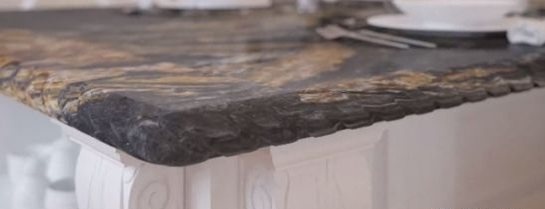
The wire rope look is a very unique design that mimics the look of a braided braid. More paired with rustic design schemes.

